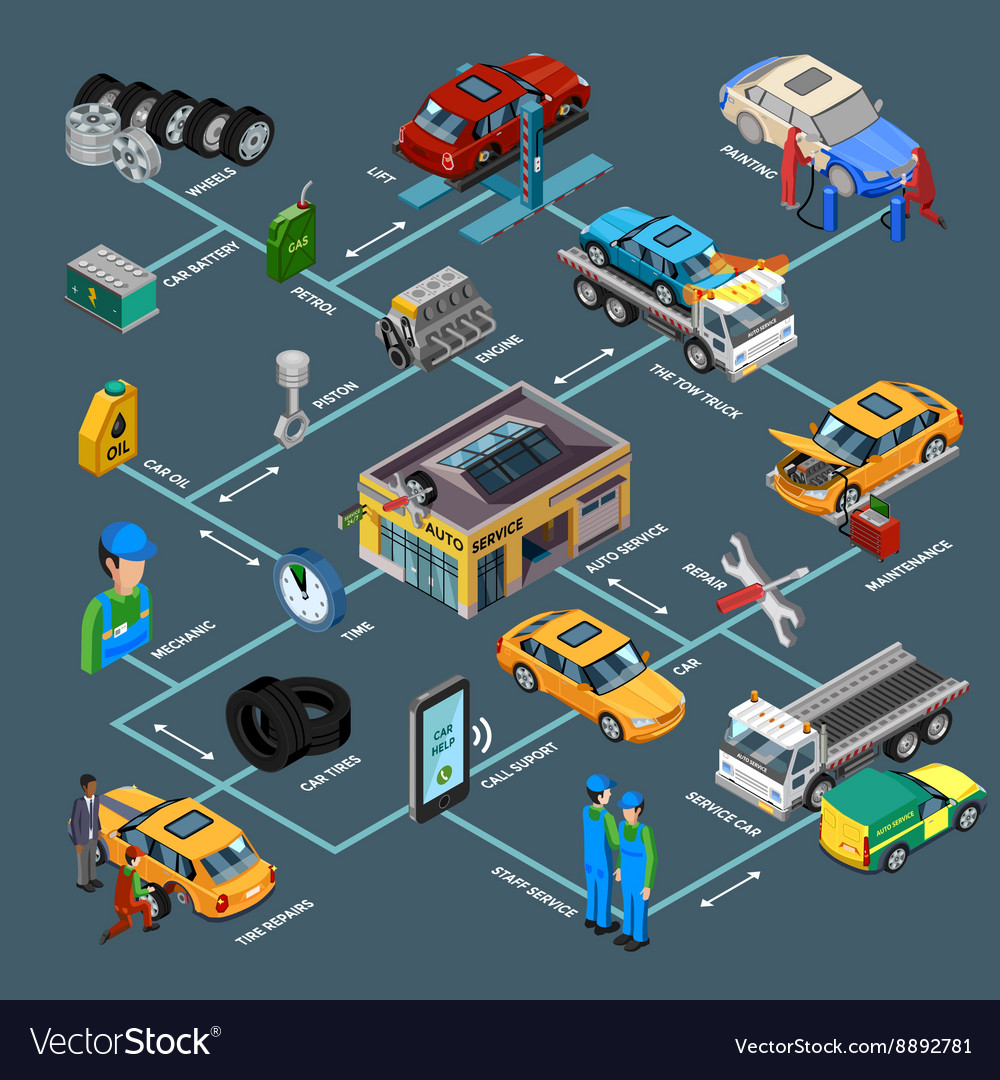Translating Your Automobile'S Caution Indicators: What They Really Indicate
Translating Your Automobile'S Caution Indicators: What They Really Indicate
Blog Article
cardetailermarinaauckland By-Sykes Corbett
When you're behind the wheel, those radiant warning lights on your dashboard can be a little bit complicated. Do you know what they're trying to inform you about your auto's health and wellness? Understanding the relevance of these lights is important for your security and the durability of your lorry. So, the next time among those lights turns up, wouldn't you intend to decipher its message precisely and take the needed actions to address it?
Common Caution Lighting and Interpretations
Recognize common caution lights in your automobile and understand their definitions to make sure safe driving.
The most typical warning lights consist of the check engine light, which indicates issues with the engine or discharges system. If this light comes on, it's important to have your car examined immediately.
The oil pressure alerting light indicates reduced oil stress, calling for prompt attention to prevent engine damage.
A flashing battery light could suggest a faulty billing system, potentially leaving you stranded otherwise resolved.
The tire stress monitoring system (TPMS) light signals you to reduced tire pressure, impacting car stability and fuel efficiency. Disregarding this might result in unsafe driving conditions.
The ABS light suggests a problem with the anti-lock braking system, compromising your capability to stop swiftly in emergency situations.
Finally, the coolant temperature level cautioning light warns of engine getting too hot, which can cause serious damage otherwise dealt with quickly.
Understanding these typical caution lights will certainly help you attend to concerns promptly and preserve risk-free driving conditions.
Value of Prompt Interest
Recognizing the usual caution lights in your cars and truck is just the first step; the significance of without delay addressing these warnings can't be stressed sufficient to guarantee your security on the road.
When a caution light brightens on your control panel, it's your vehicle's way of interacting a prospective problem that needs attention. Disregarding these warnings can bring about a lot more severe troubles in the future, endangering your security and possibly costing you much more out of commission.
Trigger interest to advising lights can stop break downs and mishaps. As an example, a flashing check engine light might indicate a misfire that, if left neglected, could trigger damages to the catalytic converter. Resolving this promptly can conserve you from an expensive fixing.
Similarly, a brake system cautioning light might indicate reduced brake liquid or worn brake pads, important components for your safety and security when driving.
DIY Troubleshooting Tips
If you notice a caution light on your dashboard, there are a few do it yourself fixing ideas you can try before seeking expert aid.
https://augusthcxtn.blogrenanda.com/38250083/how-mobile-automobile-detailing-services-can-conserve-you-time-and-money is to consult your automobile's manual to recognize what the details warning light indicates. Occasionally the problem can be as simple as a loose gas cap triggering the check engine light. Tightening up the gas cap may deal with the issue.
One more typical issue is a low battery, which can trigger various cautioning lights. Examining the battery links for corrosion and guaranteeing they're protected might take care of the problem.
If a caution light persists, you can attempt resetting it by disconnecting the auto's battery for a couple of mins and after that reconnecting it. Additionally, inspecting helpful site , such as oil, coolant, and brake fluid, can aid repair warning lights related to these systems.
Final thought
In conclusion, recognizing your auto's warning lights is crucial for maintaining your vehicle running smoothly and securely. By without delay dealing with these signals and knowing what they imply, you can avoid expensive repair work and prospective breakdowns.
Bear in mind to consult your car's guidebook for specific information on each warning light and act appropriately to guarantee a trouble-free driving experience.
Remain informed, remain secure when traveling!
